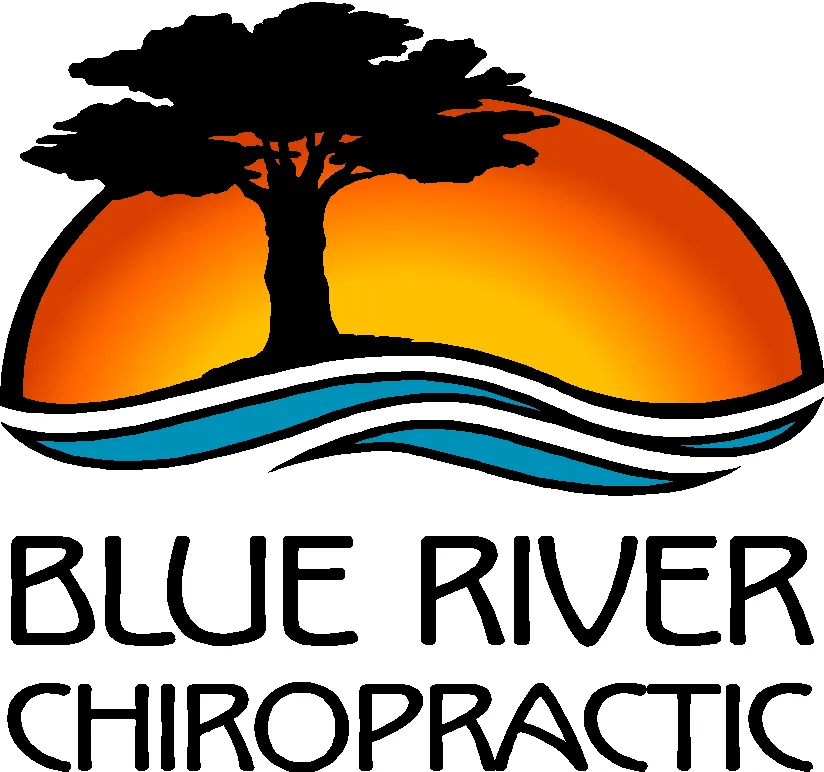We provide spinal correction and chiropractic adjustments utilizing gentle but effective chiropractic techniques. As a chiropractor who cares about utilizing the most advanced chiropractic techniques, our staff has had years of training, expertise and experience in helping patients get pain relief for back pain, neck pain, headaches, and other related conditions originating from the spine. Chiropractic care under a trained professional can even be used to prevent injuries and help you achieve total health or wellness.
Our chiropractor Dr. Benjamin Zahasky received his Doctorate of Chiropractic from Palmer College of Chiropractic in Davenport, Iowa. He has been trained in many different techniques of adjustments, meaning that if you are uncomfortable or unsuccessful with one type of adjustment, Dr. Zahasky will have an alternative method to treat you. There are two categories of adjustment techniques, manual and activator method.
What is an adjustment?
“One of the most common and well known therapeutic procedures performed by doctors of chiropractic is spinal manipulation (referred to as a “chiropractic adjustment”). The purpose of spinal manipulation is to restore joint mobility by manually applying a controlled force into joints that have become hypomobile – or restricted in their movement – as a result of a tissue injury. Tissue injury can be caused by a single traumatic event, such as improper lifting of a heavy object, or through repetitive stresses, such as sitting in an awkward position with poor spinal posture for an extended period of time. In either case, injured tissues undergo physical and chemical changes that can cause inflammation, pain, and diminished function for an individual. Manipulation, or adjustment of the affected joint and tissues, restores mobility, thereby alleviating pain and muscle tightness, allowing tissues to heal.
Chiropractic adjustment rarely causes discomfort. However, patients may sometimes experience mild soreness or aching following treatment (as with some forms of exercise) that usually resolves within 12 to 48 hours. Compared to other common treatments for pain, such as over-the-counter and prescription pain medications, chiropractic’s conservative approach offers a safe and effective option.”
Specific Techniques
These are the most common types of adjustments in chiropractic. A manual adjustment means that the doctor is using their hands to realign your spine or other joints. Dr. Zahasky uses Palmer Manual Technique that are specific and precise, helping the body get back into natural alignment. Manual adjustments can be performed on virtually any joint in the body.
Activator Method
An activator is a small device that chiropractors can use to adjust patients. With this method, you do not hear the adjustment, but still receive the benefits. This technique is great for people who are anxious about being adjusted and provides gentle relief.
Thompson Drop Technique
Our tables are equipped with drop pieces that break away, allowing use to utilize Thompson Drop Technique to provide light adjustments.
Flexion/Distraction
Our tables can traction the spine while we stretch in various directions. This technique is great for disk bulges and radiating nerve pain to stretch the spine and remove pressure from pinched nerves.
Additional Therapies & Services
Ultrasound is more than just looking inside pregnant bellies. It uses sonic waves to apply deep heat on the inside of joints to promote healing. This works great for tendonitis, achy joints, and encourages the healing process.
Muscle Stimulation
Muscle stimulation uses tiny electrodes on the muscles to send a light electric current to do deep massage of inflamed muscle tissue. This helps to loosen the muscle when it is super tight, so it is easier to adjust your structure.
Corrective Exercises
Corrective exercises are important to address weak muscles that are not able to stabilize and hold the joint in proper alignment. Ask Dr. Zahasky about various exercises relating to your specific case.
References
